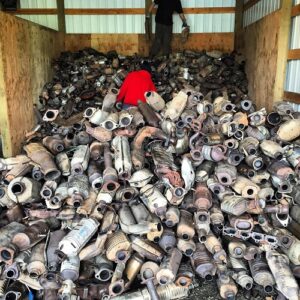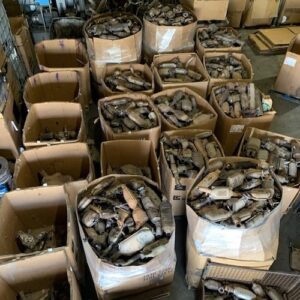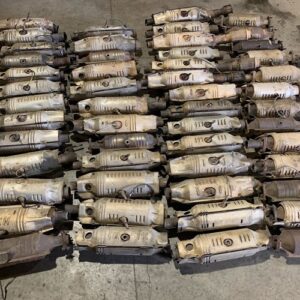Catalytic Converter Scrap For Sale
Buy Catalytic Converter Scrap from a trusted European supply with over a decade shipping experience, Vitameta supplies CAT scrap to various countries with best offered price ad quick shipping after order
What Is Catalytic Converter Scrap?
Catalytic converters, integral components in internal combustion engines, play a pivotal role in reducing harmful emissions. These devices contain a matrix of precious metals, including platinum, palladium, and rhodium, embedded in a substrate. Catalytic Converter Scrap refers to the discarded or end-of-life converters that undergo recycling to extract and reclaim these precious metals for reuse.
Composition:
Platinum (Pt): Platinum, a rare and valuable metal, serves as a catalyst in converters, facilitating chemical reactions that convert harmful gases into less harmful substances.
Palladium (Pd): Another precious metal found in catalytic converters, palladium contributes to the oxidation of pollutants, aiding in the conversion process.
Rhodium (Rh): Rhodium is responsible for reducing nitrogen oxides, enhancing the overall efficiency of the catalytic converter.
Ceramic Substrate: The precious metal catalysts are often coated on a ceramic substrate, creating a structured matrix for optimal catalytic activity.



Packaging
We customize the loading, packing, and delivery of our CAT scrap to meet the specific requirements of our clients, as each has distinct packing preferences. Our catalytic scrap can be packed on pallets weighing between 50kg and 100kg or loaded directly into containers without pallets, ensuring flexibility and satisfaction in fulfilling client needs.
